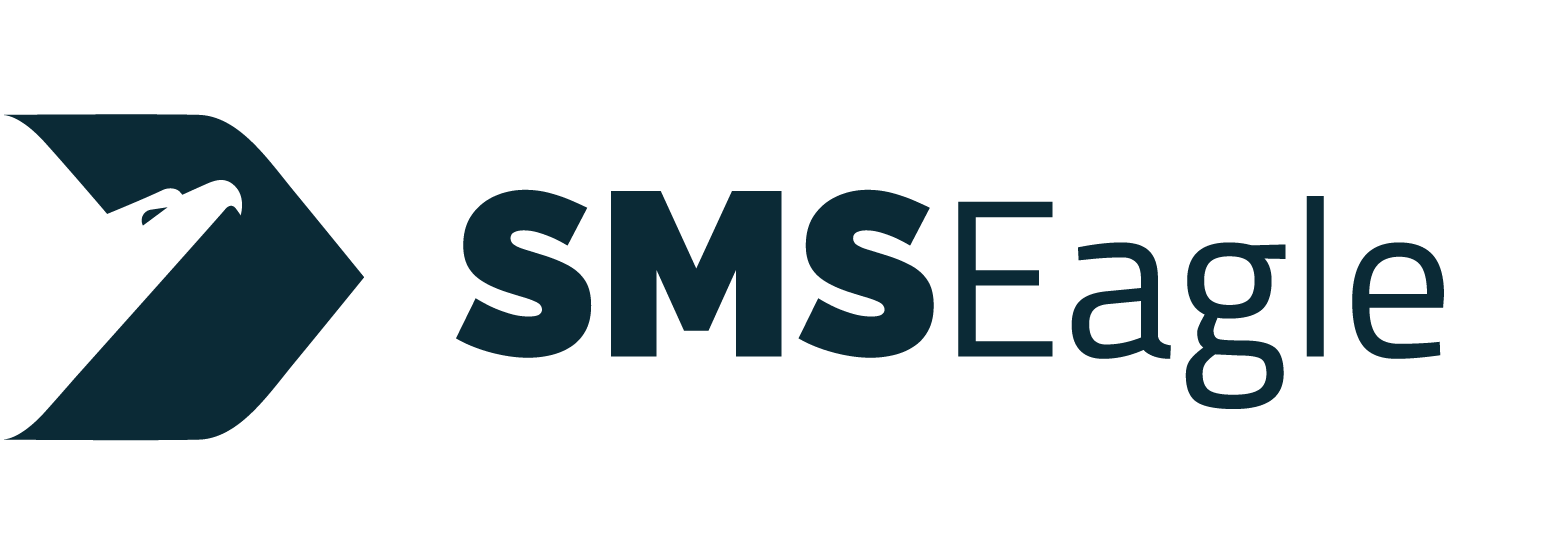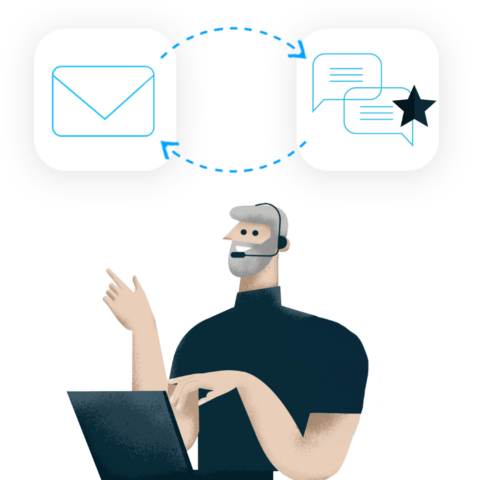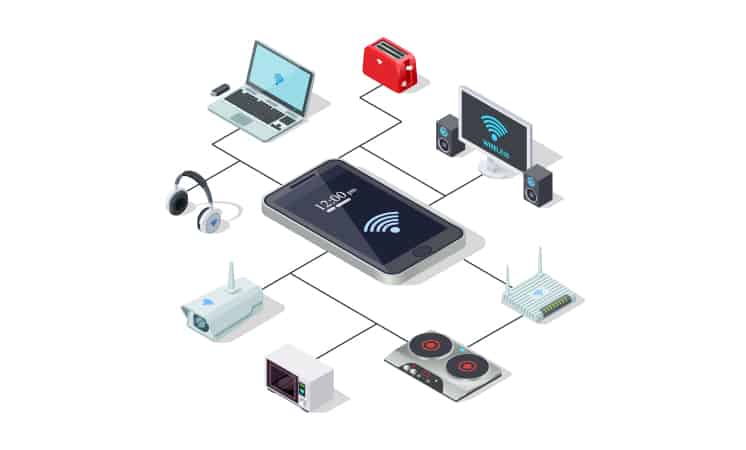Systemy o znaczeniu krytycznym stanowią podstawę działań i branż, które tworzą zasadniczy szkielet gospodarek i rządów. Godnymi uwagi przykładami są osoby udzielające pierwszej pomocy, takie jak policja, strażacy i ratownicy medyczni, a także sektory takie jak przedsiębiorstwa użyteczności publicznej i kolejnictwo. Niemniej jednak systemy te są podatne na różne problemy związane z wydajnością, funkcjonowaniem i bezpieczeństwem, co wymaga komunikacji w czasie rzeczywistym, aby zapewnić, że najmniejsze zakłócenia mogą zostać odpowiednio wcześnie zaadresowane i złagodzone.
Ponieważ operacje o znaczeniu krytycznym mają tendencję do rozproszenia i mogą czasami obejmować tysiące pracowników, wykrywanie i komunikowanie problemów w tych środowiskach może być zadaniem trudnym. W przypadku osób udzielających pierwszej pomocy, na przykład, personel wojskowy, strażacy i pracownicy służb ratunkowych mogą być zmuszeni do przybycia na miejsce katastrofy lotniczej w ciągu kilku minut, co wymaga koordynacji wielu różnych zespołów i służb.
Biorąc pod uwagę, że wszystkie operacje krytyczne są zasadniczo “krytyczne” i najczęściej mają miejsce w scenariuszach, w których sieci domyślne, takie jak Internet, mogą nie być najszybszą, najbezpieczniejszą i najłatwiej dostępną opcją, SMS oferuje doskonałą metodę komunikacji, która zapewnia natychmiastowy zasięg, mogąc pochwalić się nie tylko wysokim wskaźnikiem czytelnictwa, ale także wszechobecnym, dostępnym dla wszystkich kanałem.
Integracja systemów reagowania in-silo w jeden kanał komunikacyjny
W przypadku operacji na dużą skalę, w których uczestniczy wiele grup zadaniowych lub jednostek, SMS może rozwiązać problem fragmentarycznych ram komunikacyjnych, w których zastrzeżone i rozbieżne sieci radiowe są wykorzystywane przez różne zespoły, co powoduje opóźnienia i nieporozumienia. SMSEagle SMS/MMS Gateway, na przykład, rozwiązuje ten problem, integrując wszystkie punkty kontaktowe zaangażowane w krytyczną misję w swojej bazie danych odbiorców, umożliwiając przekazywanie kluczowych aktualizacji i poleceń wszystkim zaangażowanym. Umożliwia to odpowiednie skalowanie operacji, a komunikaty mogą być szybko przekazywane do członków zespołu, na przykład do całego zespołu terenowego elektrowni.
W przypadku IoT i IIoT, czujniki i urządzenia firm trzecich połączone z SMSEagle SMS/MMS Gateway mogą umożliwić monitorowanie w czasie rzeczywistym krytycznych obiektów, takich jak elektrownie jądrowe czy platformy wiertnicze. Na przykład rutynowe kontrole sieci energetycznej i monitorowanie pociągów metra mogą wykorzystywać komunikację opartą na SMS-ach, aby umożliwić czujnikom dostarczanie do jednostki sterującej dzienników operacyjnych dotyczących takich informacji, jak obciążenie transmisji lub czas przejazdu. Podobnie, aktualizacje operacyjne i konserwacyjne mogą być wysyłane do zespołu na ziemi, a także przekazywane do czujników bezpośrednio przez SMS. Nadzór i zarządzanie oparte na SMS-ach pomaga również w wykrywaniu katastrof, takich jak pożary. Na przykład wtyczka integracyjna SMSEagle z AVTECH Room Alert lub Pfau LISA umożliwia strażakom i służbom ratowniczym wykrywanie pożarów i powodzi w czasie rzeczywistym, gdzie czujniki alarmują ich za pomocą automatycznych powiadomień SMS. Tam, gdzie istnieją zaawansowane powiązania z aplikacjami opartymi na API, powiadomienia te mogą być odsyłane z automatycznymi odpowiedziami, które uruchamiają na przykład podłączone zraszacze lub pompy wodne w celu automatycznego włączenia.
Informowanie wszystkich
SMS odgrywa kolejną kluczową rolę w komunikacji o znaczeniu krytycznym. Dzięki temu istotne instrukcje i informacje mogą dotrzeć do najbardziej poszkodowanych – ofiar. Korzystając z dedykowanych kanałów SMS, poszkodowani mogą wysyłać wiadomości do osób udzielających pierwszej pomocy i nawiązać łączność w sytuacji, gdy wszystkie inne sposoby dotarcia zostały wyczerpane. Na przykład osoby udzielające pierwszej pomocy mogą skontaktować się z członkami lokalnej społeczności podczas wybuchu pandemii. Podobnie w przypadku napadu, gdy mieszkańcy są zamknięci w mieszkaniu lub akademiku, rozwiązania takie jak SMSEagle SMS/MMS Gateway zapewniają gotowe środki do przekazywania aktualizacji i informowania ofiar, a także umożliwiają zapętlenie krytycznych informacji dostarczonych przez jedną ofiarę z powrotem do systemu i nadawanie do wszystkich innych ofiar dotkniętych tym samym nagłym zdarzeniem.
SMS na misję
Wysyłanie wiadomości SMS za pośrednictwem SMSEagle SMS/MMS Gateway nie tylko maksymalnie wykorzystuje istniejącą infrastrukturę komórkową i inwestycje, ale zapewnia łatwe do zintegrowania, przyszłościowe rozwiązanie, które jest kompatybilne z automatycznymi systemami odpowiedzi i jest wysoce konfigurowalne do potrzeb każdej krytycznej misji.













